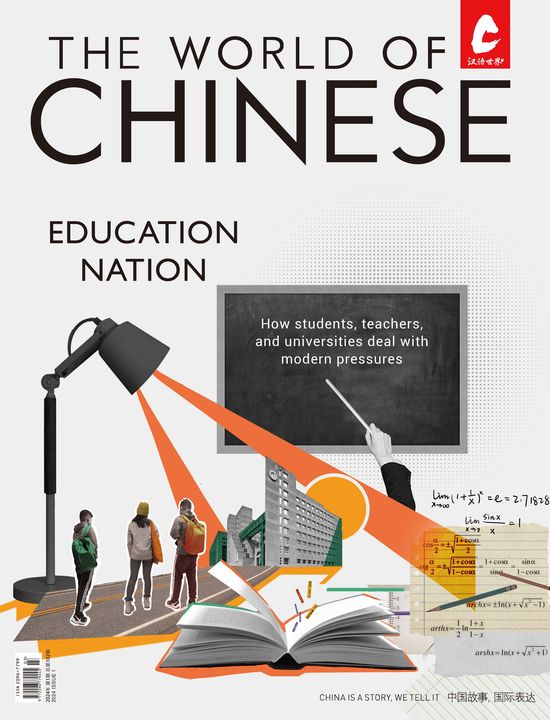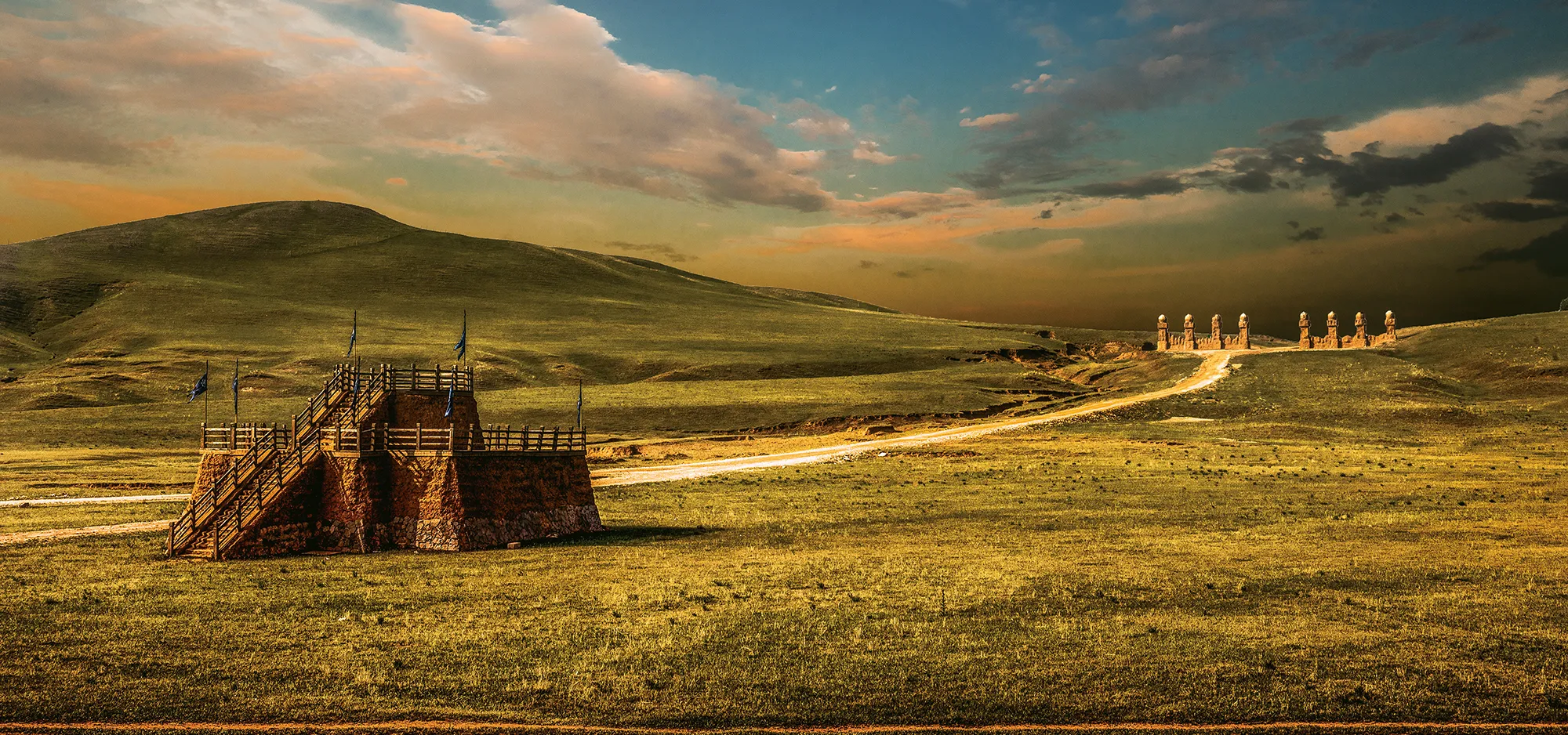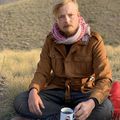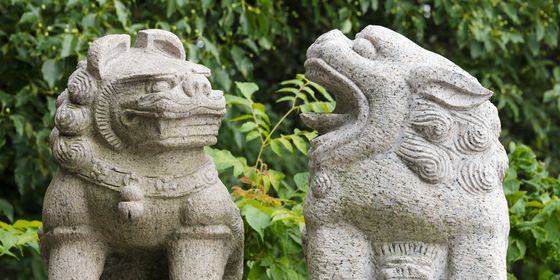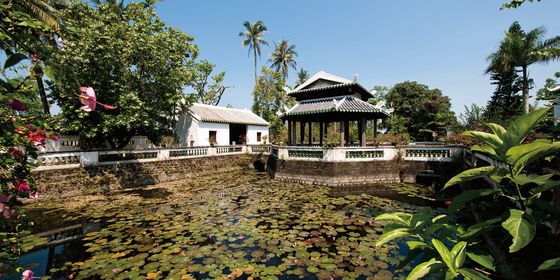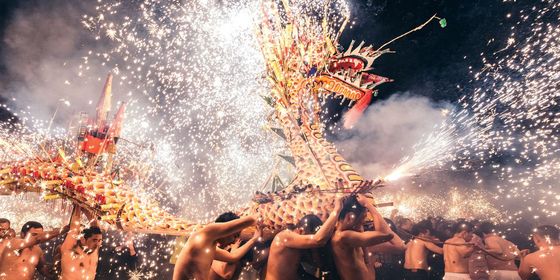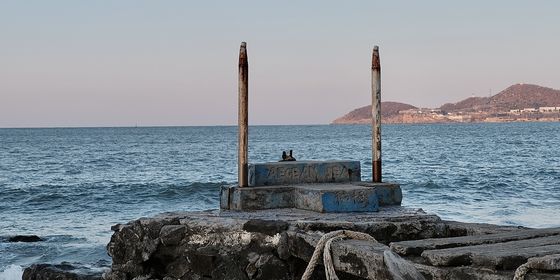Seeking the lost northern capital of the Mongol Yuan dynasty
“Yuan Shangdu was built just far enough to the north that a courier on horseback could ride there in a single day from Beijing,” Mr. Wang tells me. “I bet you could do it on your motorcycle in one day as well.”
Wang, 63, was a neighbor of mine when I resided in a courtyard home in downtown Beijing in 2018. Dressed always in a white pajama shirt and light blue silk pants, this avid late-life songbird-fancier was eager to tell me about the history of the Yuan dynasty, the Mongol empire that established their capital in Beijing—and built the first hutong, the historic alleyways of which Wang was a lifelong resident—while keeping their former seat in the north, Shangdu, as a secondary capital.
Wang’s flair for storytelling, though, might be better than his grasp of geography: between Beijing and the ruins of this “upper capital” in present-day Inner Mongolia lie 400 to 500 kilometers of mountain roads. A horse could not make it; even my trusty Suzuki GN 125cc might find it tough going for a day. Perhaps Wang was misled by the Chinese word for a fine steed: qianlima (千里马), “the horse that can travel 1,000 li”— roughly the distance between the two capitals.
“I think you should try it out, so we will know if you can do it on your black horse,” Wang laughed, undeterred by the distance on my behalf and pointing to the motorbike.
Wild Ride to Xanadu is a story from our issue, “Promised Land.” To read the entire issue, become a subscriber and receive the full magazine.
